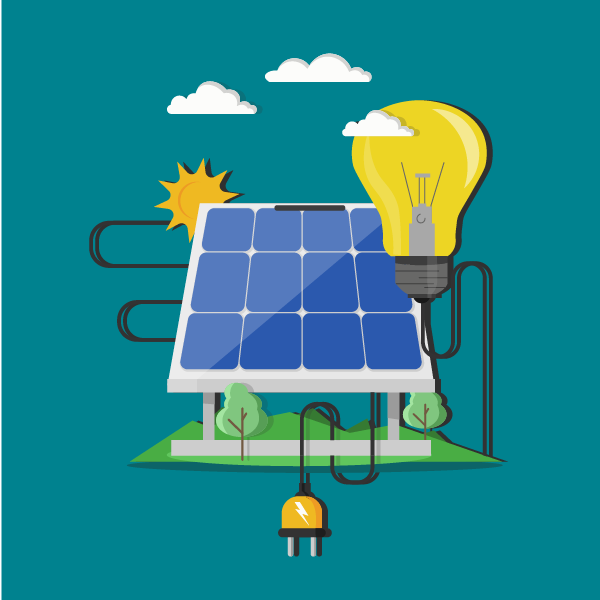
If you’re looking into solar energy for your home, you probably want to know how much solar you can get for your money. There are several factors to consider. One is how many hours of sunlight you can get in a day. Another is whether you should lease or buy the system.
Average solar hours per day
There are many factors to consider when deciding whether or not to install solar panels on your home. One of the biggest is the average solar hours per day that are available in your region.
The United States spans an enormous area and has many climate zones. Because of this, every location receives different amounts of sunlight and hours of daylight.
The average amount of direct sunlight that you can get each day is referred to as peak sun hours. Peak sun hours are when the intensity of the sun reaches 1,000 watts or more for a particular area for at least an hour.
Peak sun hours are important because they tell you how much power a solar panel will produce. You can use a solar calculator to determine how many kWh you can expect to produce each day. However, the actual results will vary depending on your project and the solar system you decide to purchase.
Peak sun hours
Peak sun hours are an important part of solar powering a house. They can help you figure out how much energy you’ll need to produce and how many solar panels you’ll need.
Each state has its own peak sun hours. Arizona, for example, has some of the highest average peak sun hours in the country. This is due to its location in the Southwest, where the sun is shining longer.
The average peak sun hours in the United States can range from two to seven, depending on where you live. If you’re considering installing a home solar system, knowing these numbers will help you determine whether or not you’re getting a good deal.
One way to find out what the average peak sun hours in your area are is to use the Renogy Solar Calculator. It requires a few pieces of information, including your home electronics, your electrical bill, and your daily usage.
Cost
The cost of solar power for a house depends on your energy needs, your location and the type of solar panels you choose. Some incentives can add to your savings.
Incentives range from a few hundred dollars to up to six thousand dollars a year. If you qualify for a tax credit, you will receive up to half of the costs back. It is worth shopping around for the best deal.
If you aren’t sure whether you are eligible for any solar incentives, you can check with the DSIRE database. You should also shop around for online reviews and quotes.
Homeowners who are looking to make a purchase should get at least three quotes in writing. A detailed price quote should include the labor. Also, be sure to ask plenty of questions.
Leasing vs purchasing
The answer to whether you should purchase or lease solar power for a house depends on your needs, financial situation and goals. If you’re a homeowner who wants to go green, but cannot afford to buy the equipment outright, leasing may be the way to go. However, this option isn’t ideal if you’re planning to sell your home in the near future.
When you purchase a solar energy system, you’re ensuring that you’ll have significant long-term savings. Owning the system increases the value of your home, making it more attractive to potential buyers. But buying also requires an out-of-pocket cost. On the other hand, leasing makes it easier to go green, with a lower up-front cost.
In addition to tax benefits, you can reduce your expenses by taking advantage of state and federal incentives. Some of these incentives include rebates that can reduce the overall cost by up to 50%.
Off-grid vs on-grid
When choosing between off-grid and on-grid solar power for a house, it’s important to look at the advantages and disadvantages. While both have benefits, off-grid is more expensive. It doesn’t provide the same level of safety as on-grid, and it may be more complicated to install.
If your house needs more than a small amount of power, off-grid isn’t the best option. For most homeowners, on-grid is more cost-effective.
On-grid solar power is connected to the utility network. The electricity generated is paid for by the utility company. You can then tap into the grid when you need it. But if the grid goes down, your solar system will lose power.
Off-grid solar systems require special equipment to function. In addition to the solar panels, you will also need an inverter and a battery pack. These devices will store your excess energy and supply it to your home at night.






